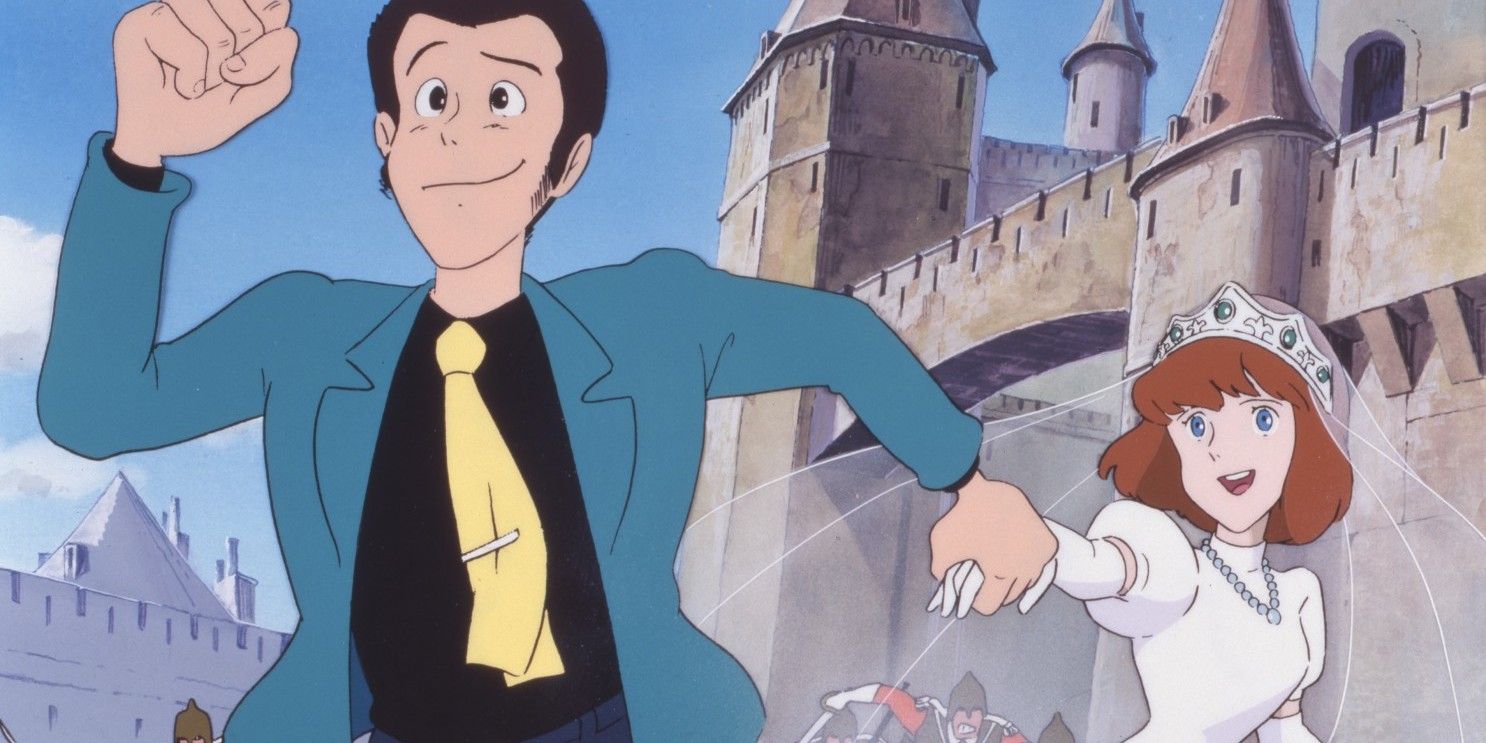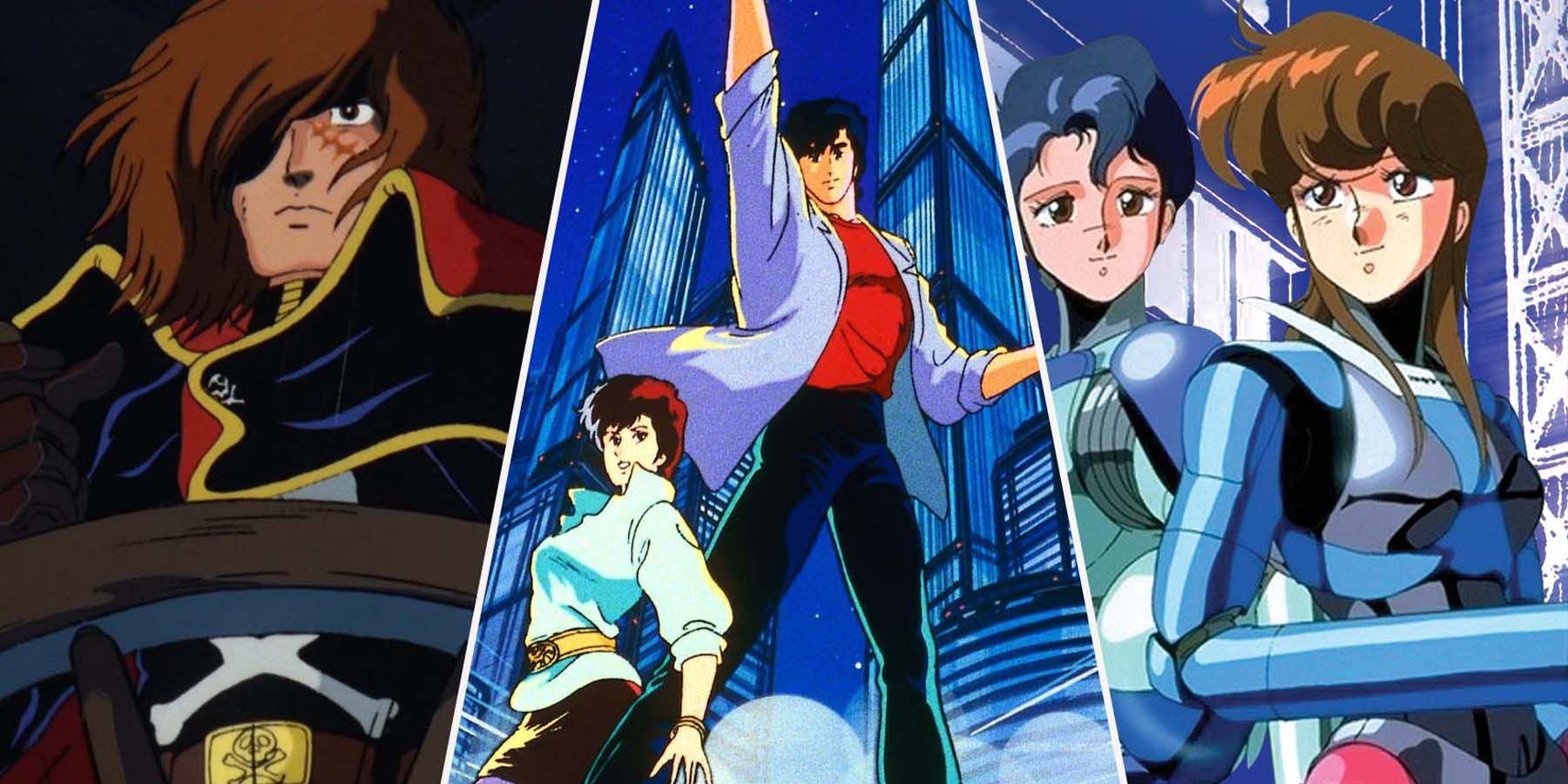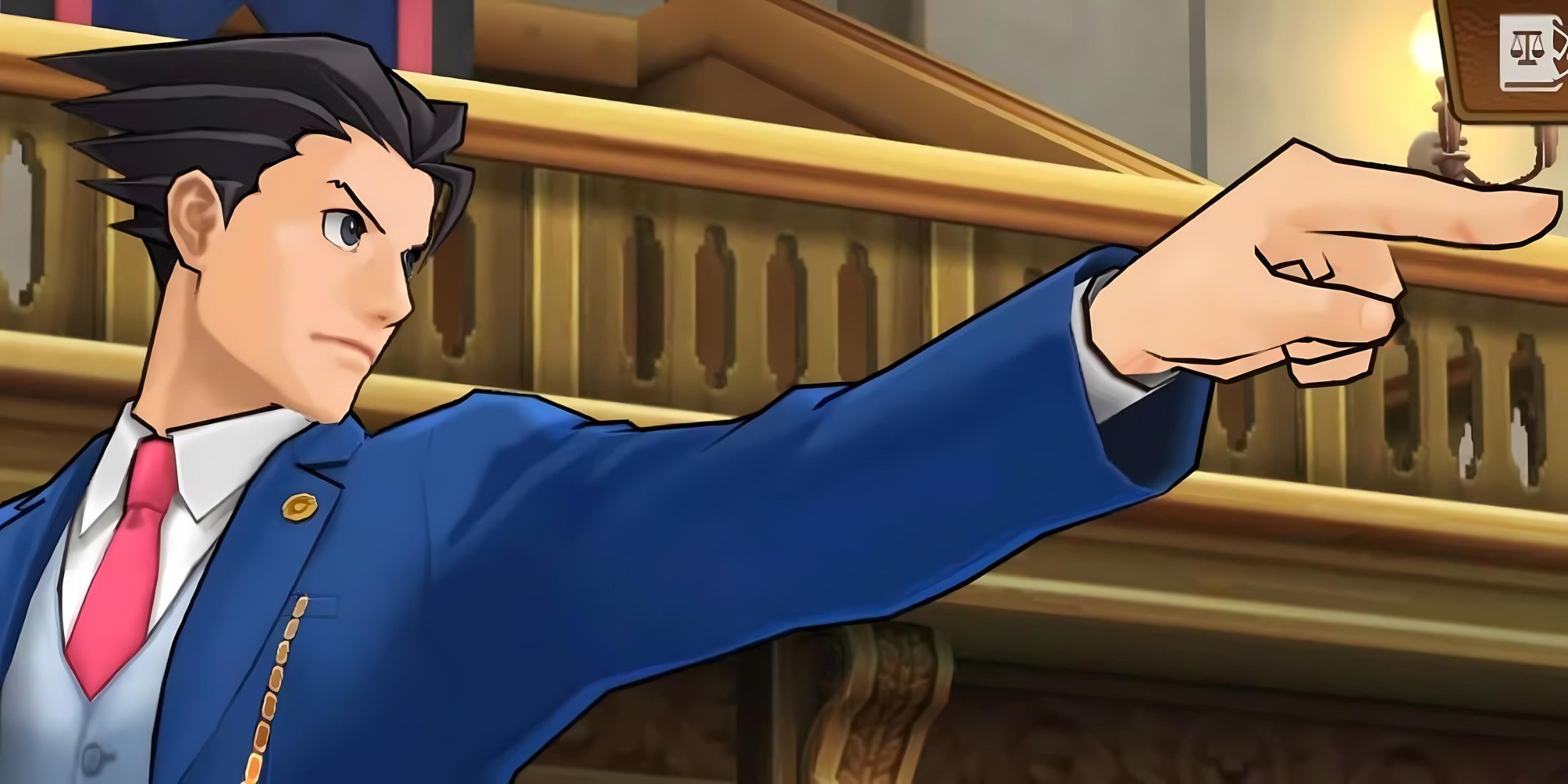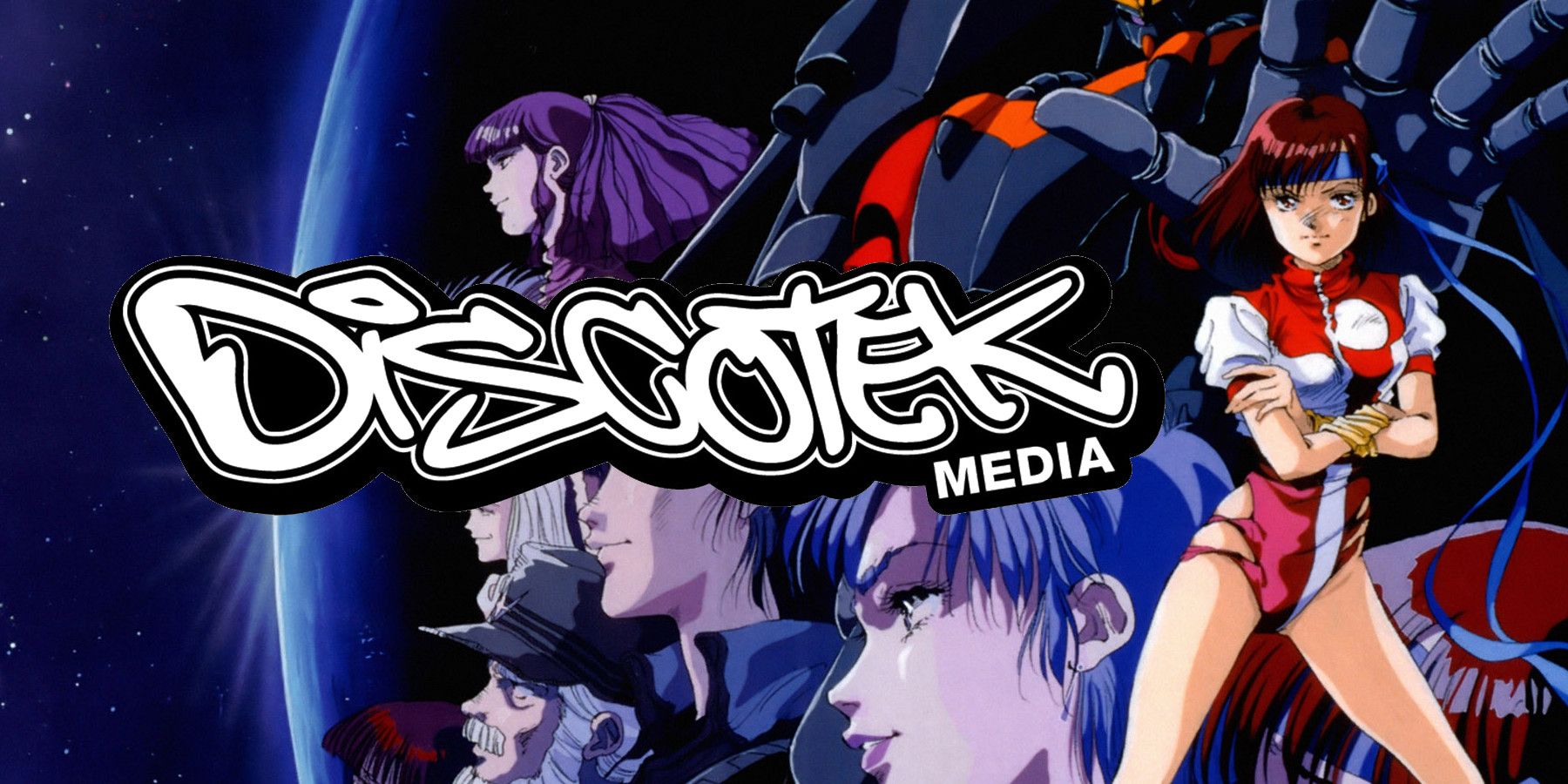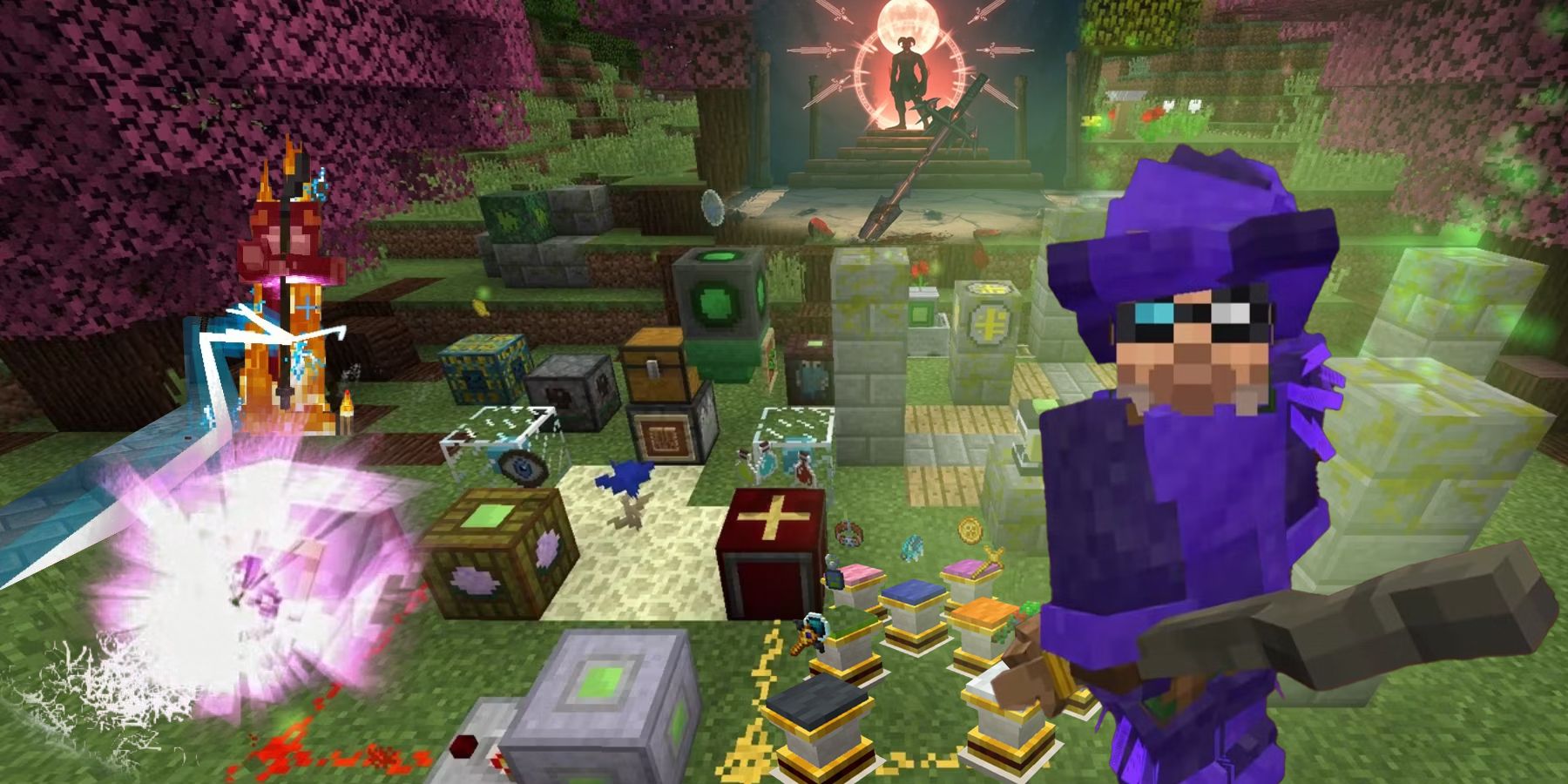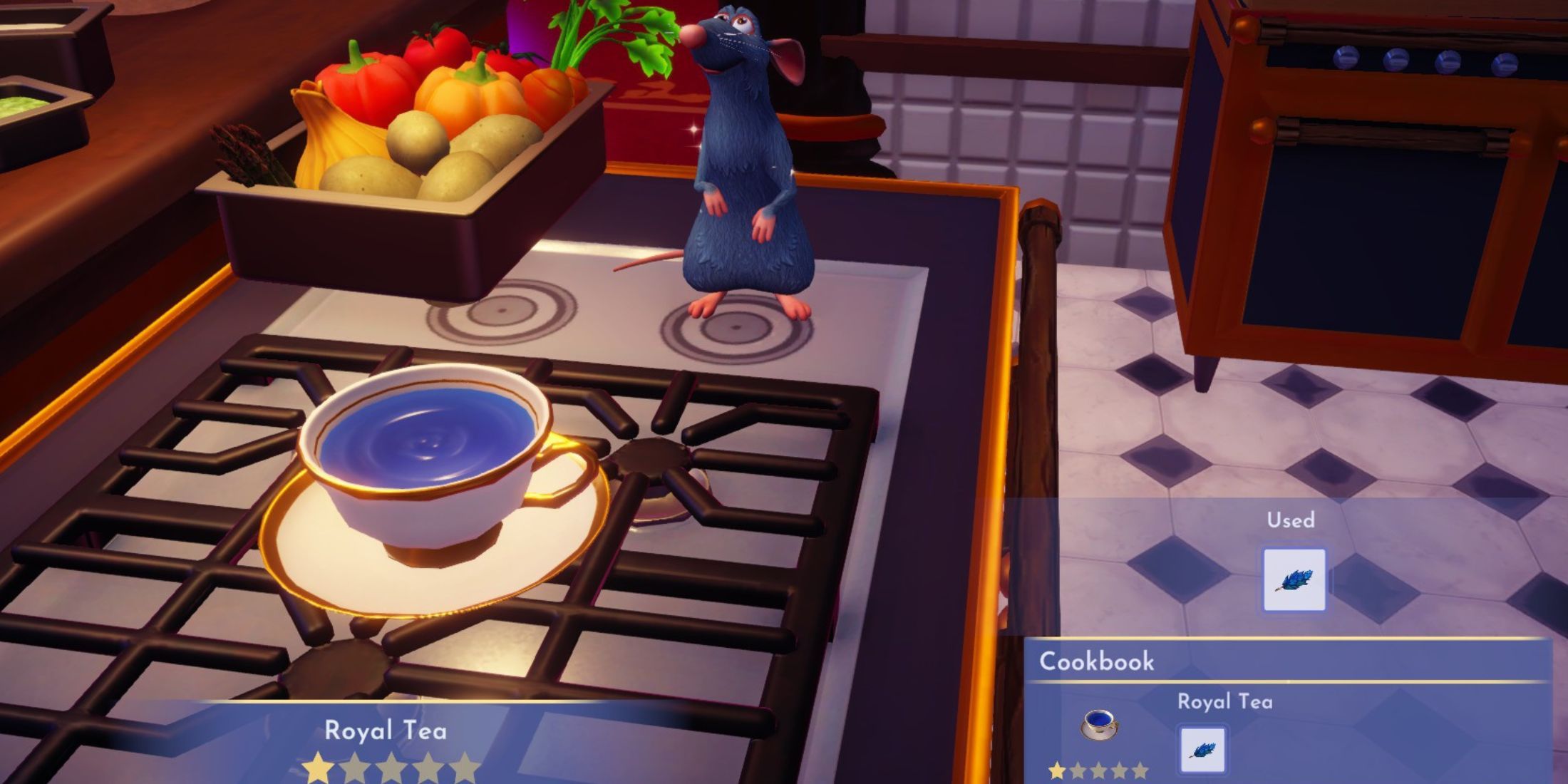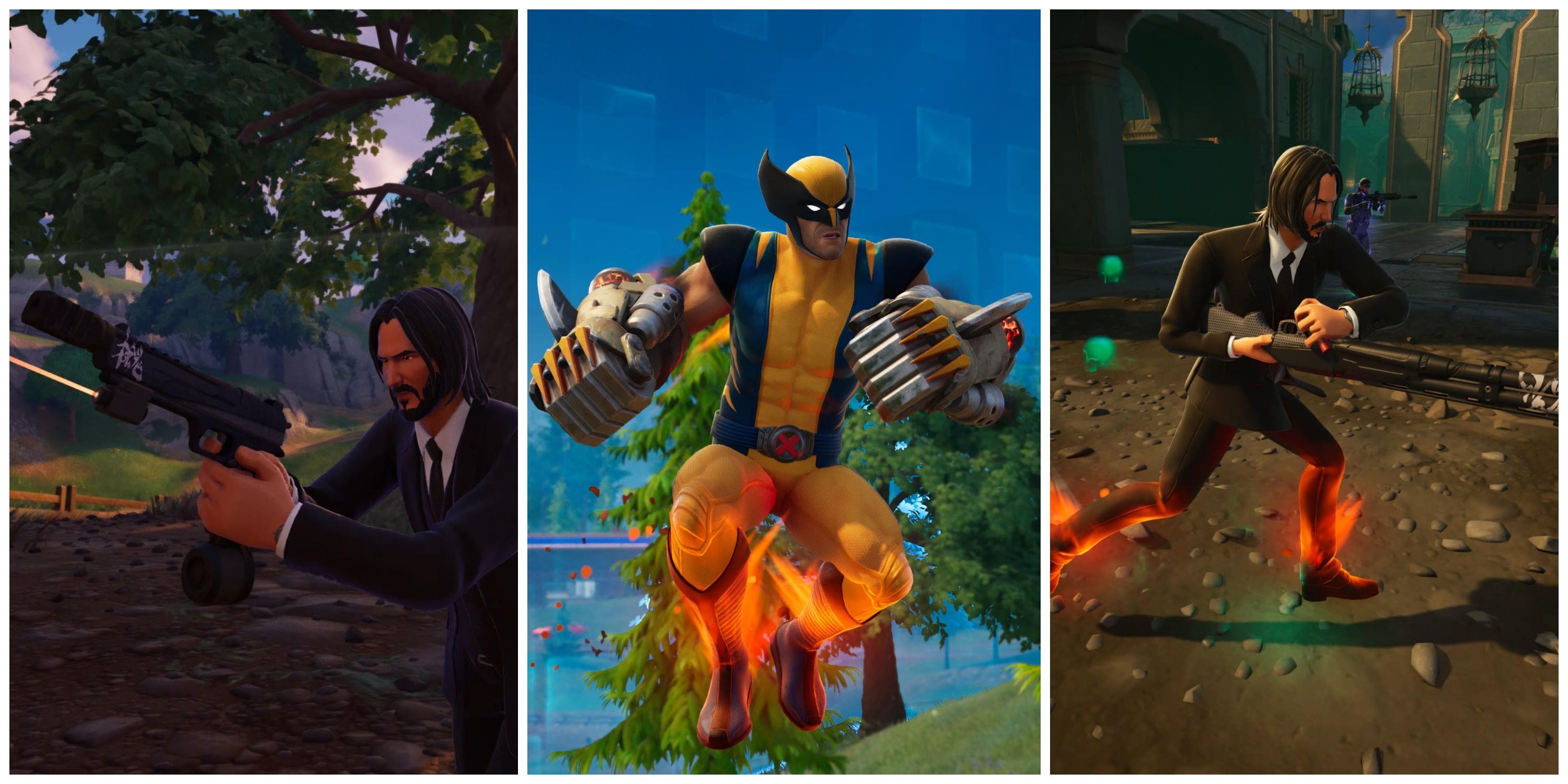Highlights
- Anime goes out of print due to licensing limits, costs, and declining popularity.
- Obsolescence and digital shift make physical copies harder to find.
- Discotek Media aims to preserve classic anime despite low demand.
One of the downsides to time marching on are the things lost to the sands of time. There are songs that were once popular that are no longer listened to. Movies that were once popular are no longer watched. Alas, there are some anime that were once fixtures in the community that are no longer as commonly seen. Whether due to the influx of new titles, licenses expiring, or even just companies that have let the rights slip, there are many titles that are no longer easily available to anime fans. However, there is one company that is on a mission to change this, and ensure that forgotten classics are available to anime fans today.
Related
Why Does this Classic Anime Have No Dub for the Second Season?
Kodocha’s first season had a great dud that’s beloved by many. So why didn’t the cast return for season 2?
Why Do Classic Anime Go Out of Print?
Although we would love to think our favorite titles would stay in print forever, anime goes out of print for several reasons, often related to the complexities of the entertainment industry, supply/demand, and licensing agreements. Some of the major issues on why anime goes out of print include:
- Limited Licensing Periods: Most anime licenses are time-bound, typically lasting for a few years.
- Licensing Costs: Renewing licenses can be expensive, and if the anime is not generating sufficient sales, it may not be financially viable for companies to keep it in print (as is the case with series like Monkey Magic).
- Declining Popularity: Some anime may lose their popularity over time, leading to a decrease in demand.
- Niche Audience: Certain classics or older anime may only appeal to a niche audience, making it less profitable to continue producing them (such as the widely acclaimed Maison Ikkoku and The Dog of Flanders).
- Prioritization of New Content: Distributors often focus on new releases that have a higher potential for sales, leading to older titles being neglected.
- Royalty Disputes: Disagreements over royalties between creators, studios, and distributors can lead to an anime being pulled from distribution.
- Original Materials: In some cases, the original masters or source materials for older anime may be lost or damaged, making it difficult or impossible to create new prints.
While none of this is good to admit, by examining these factors we come to a better understanding of why even beloved and critically acclaimed anime titles (like Ronin Warriors) can become hard to find.
Home Video Presentation
Even if a title has been released on physical media, some titles are becoming harder and harder to find due to the following factors:
- Format Obsolescence: As technology evolves, older formats like VHS and DVDs may become obsolete, and companies may not see the value in re-releasing the content in new formats like Blu-ray or digital.
- Deteriorating Collections: Although it should be preferred that many physical media releases have proven to withstand the test of time, tape deterioration and disc rot for DVDs are now starting to pop up. Ironically, this normally has less to do with age and more to do with storage conditions, and those who want their stuff to withstand the test of time are encouraged to research the proper methods of media storage. Those who don’t find their previous functioning copies no longer working, making preservation more difficult.
- Digital Shift: With the rise of streaming services, physical media sales have declined, leading to fewer incentives for companies to keep physical copies in print. Oh, and before you ask: yes, copyright issues and demand also contribute to older titles not being preserved on the cloud or other streaming services.
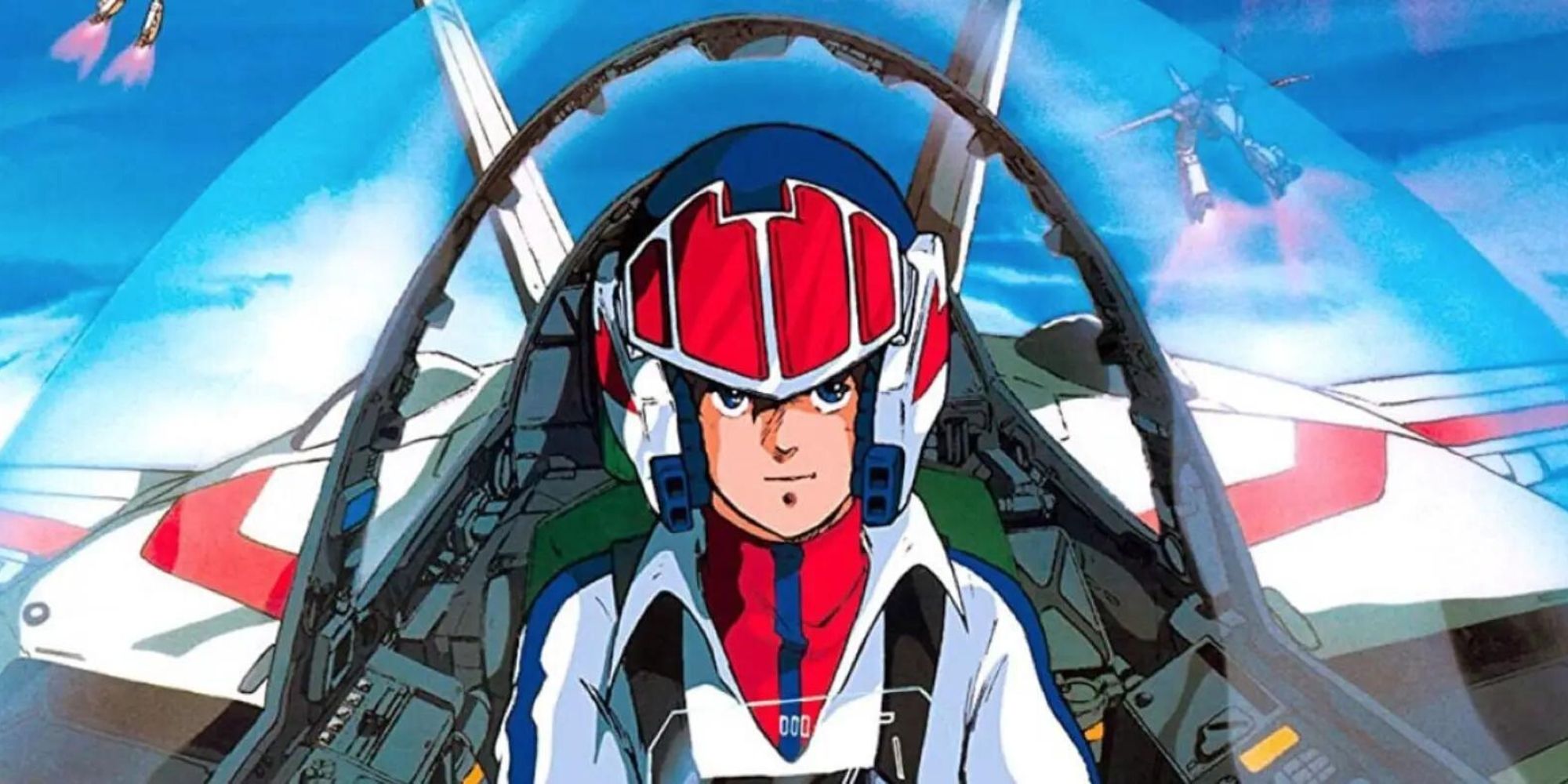
Related
How Disney Became the Unlikely Savior of this Classic Anime
Discover how Disney unexpectedly rescued this beloved anime classic.
The Complicated Rights Issue
Acquiring the rights to anime titles involves a multifaceted process that includes negotiations, legal agreements, and financial considerations. The initial steps involve research and selection, where distributors or streaming platforms identify anime titles with potential in their target market (this typically involves understanding the show’s popularity, target audience, and market trends).
After terms are agreed upon, legal contracts are drafted. These contracts outline the specifics of the agreement, including financial terms, responsibilities of each party, and any restrictions or special conditions. Royalties or licensing fees are typically detailed in these agreements, which can be substantial and form a significant part of the cost of acquiring anime rights.
Messy Paperwork
One of the biggest roadblocks to acquiring anime involves missing contracts. When the original contracts or legal documents specifying the ownership rights of an anime are missing, it creates legal complications. Operational challenges arise from the inability to verify specific terms detailed in contracts, such as geographic restrictions, distribution methods, and license duration. This can lead to operational difficulties in ensuring compliance. Rights holders must also ensure they have the authority to make necessary adaptations for localization, such as dubbing and subtitling. Obtaining these permissions can be problematic without clear contracts.
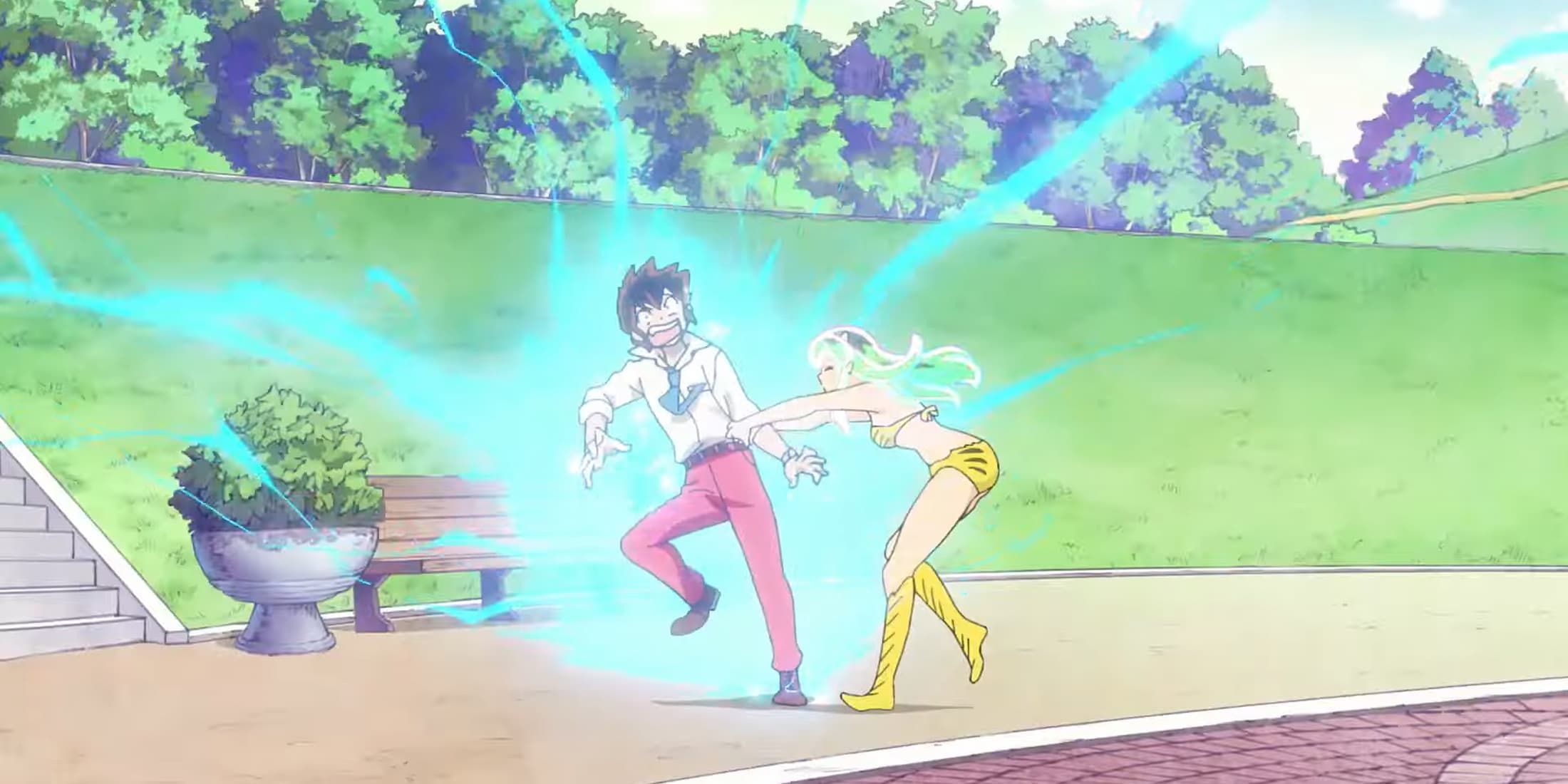
Related
What Classic Anime Would You Like To See A Reboot Of?
Recent reboots of shows like Urusei Yatsura proved that classic anime still has a place in modern times. While I’d love to see yet another reboot of Berserk, other titles like Claymore and the original Mobile Suit Gundam deserve attention more.
Discotek is Here to Save the Day
For all the reasons listed above, older anime titles are not typically sought after when it comes to licensing. While Crunchyroll and Netflix may be great streaming services, they are primarily concerned with new titles. A few classic titles may appear on the service, but for the most part, the anime is not a high priority if it is an older title (which would explain why some titles on the now shuttered Funimation Now service did not transfer over when the app was shuttered). Older titles tend to sell fewer units, not be streamed as much, and as a result are not enticing to most companies. Thankfully, Discotek Media is not one of those companies, and they are on a mission to preserve as much anime history as possible.
When you visit their website you won’t see much: a standard HTML front page with a few links to retailers on their latest releases (as of this writing the link to their blog isn’t even active). Behind the scenes are a group of passionate anime fans who want to preserve the classics on DVD and BluRay (mostly BluRay though). Some of these people include Justin Sevakis (CEO of AnimEigo) and Mike Toole (editor and historian for Anime News Network), who are involved not only in hunting down the masters to provide the best video and audio, but also hunt down classic dubs and other special features that have been lost for years. They are especially notable for embracing the ‘SD on BluRay’ format for titles that have no HD master, thus ensuring the space on the disc fits as many episodes as possible.
One of the downsides for going after older titles is that they don’t typically sell as good as new titles do, thus resulting in many titles going out of print shortly after being released. With enough demand, another round of discs will sometimes be printed, but for the most part, once the titles go out of print they are out of print forever (or until better terms can be negotiated later on down the line). In many ways, Discotek provides a true service to the anime community, as without them, classics such as vintageLupin III, City Hunter, and classic interations of modern hits like Shaman King and Digimon: Adventure most likely wouldn’t have been made available to the public again. What’s more, as anime licenses become more complicated (and expensive) in some cases, Discotek Media has given a new generation of fans the ability to own classics that had long been out of print. And from everything they say, they will continue to fight the good fight to keep saving classic anime from becoming obsolete.
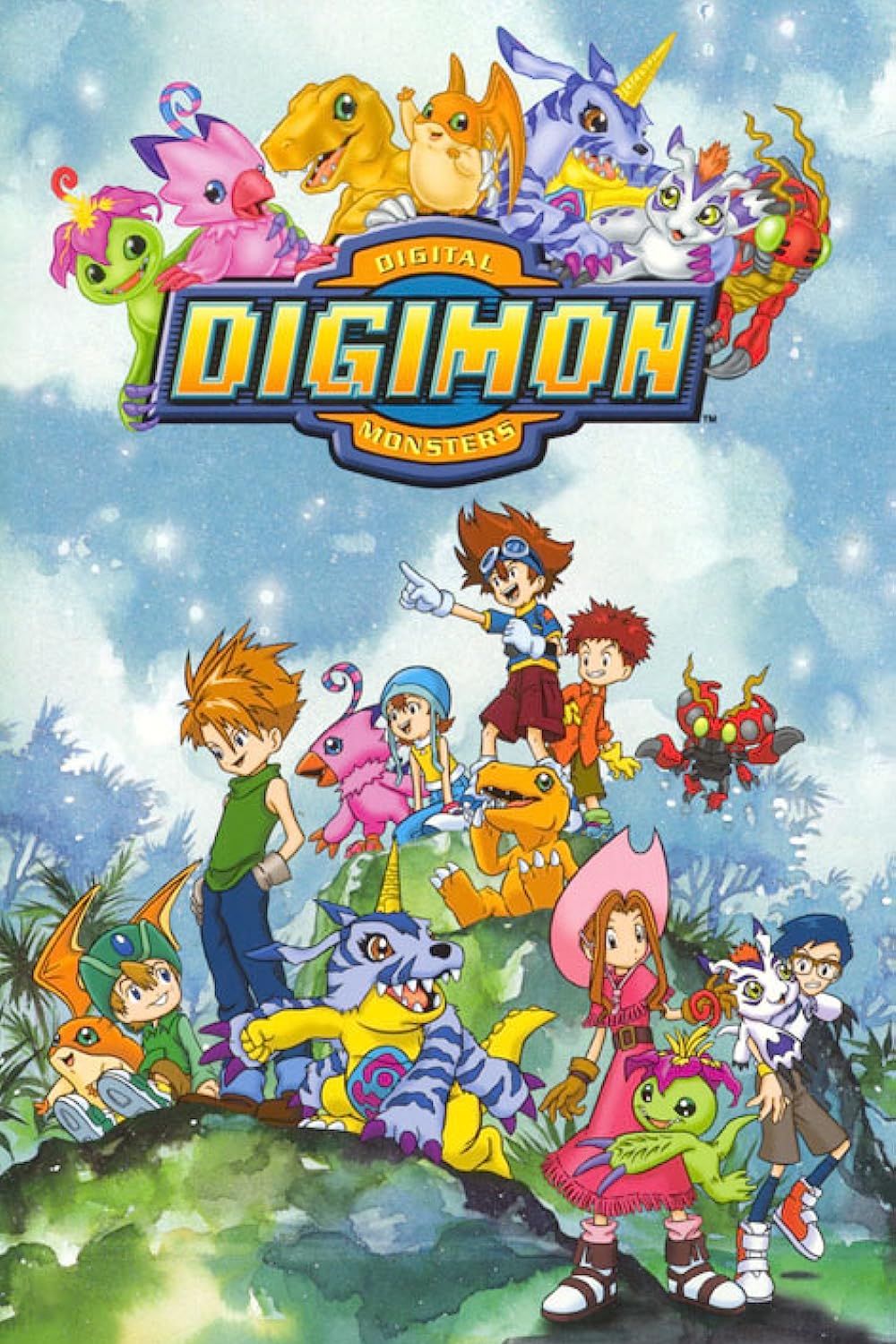
Digimon Adventure
- Release Date
- March 7, 1999
- Studio
- Toei Animation
- Number of Episodes
- 54
- Streaming Service(s)
- Hulu
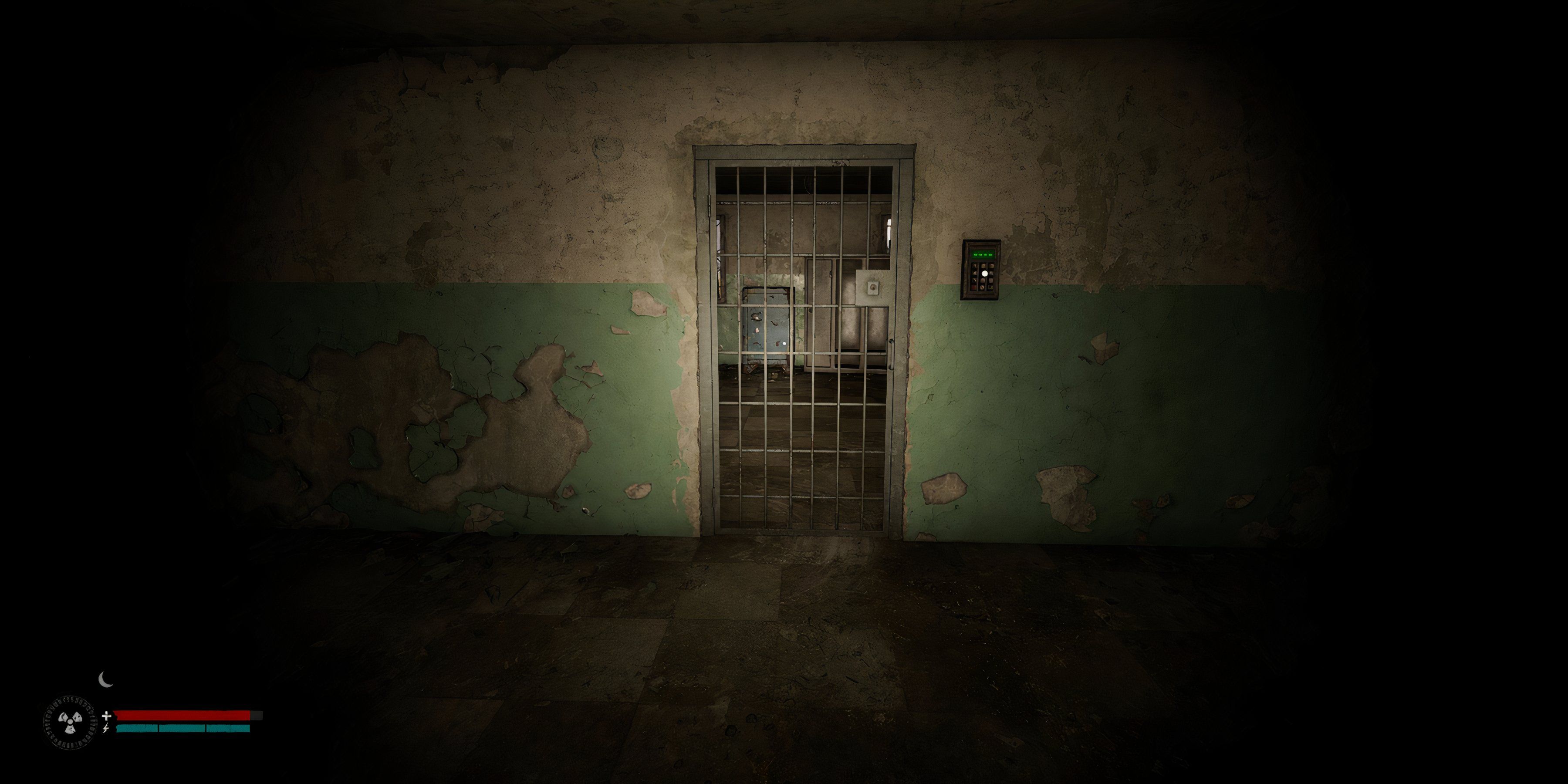
/cdn.vox-cdn.com/uploads/chorus_asset/file/25749377/VST_1122_Site.jpg)
